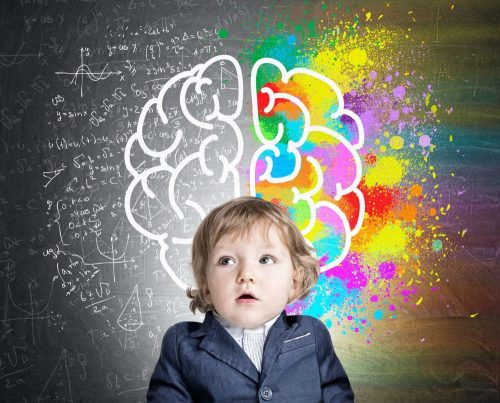Physical activity is essential for a child’s brain development. To foster this, parents can introduce their children to simple puzzles and the use of an abacus at an early age. Through abacus, children can learn basic mathematical concepts and enhance their cognitive abilities. Parents can support this by actively teaching and encouraging their children to use the abacus regularly. The abacus is an ancient instrument that has been used for centuries and is still commonly used in many parts of the world. However, most children do not have access to it or receive instruction on its use. This is unfortunate as the abacus provides parents with a valuable tool to teach their children math skills, problem-solving techniques and build self-confidence. Here, we will discuss the basics of the abacus, why every parent should know about it, how to get started teaching your child, and how to make the learning process fun and engaging.
The history of the abacus

The first abacus is thought to have originated in ancient Mesopotamia, around 2400 BC. The early abacus was a simple device consisting of a counting board with pegs or nails on which beads were strung. By moving the beads up and down on the pegs, one could perform simple arithmetic calculations.
The Roman abacus was similar to the Mesopotamian version but had a more complex structure with multiple rows of beads. This allowed for more complex calculations to be performed.
The Chinese abacus, called the suan pan, is the type of abacus most commonly used today. It consists of a wooden frame with rods on which beads are strung. The sun pan can be used for addition, subtraction, multiplication, and division.
How can an abacus help brain development?

The way an Abacus works is that it uses a system of beads that move along wires or rods. Children learn to manipulate these beads to perform mathematical operations like addition, subtraction, multiplication, and division. This process not only helps children understand mathematical concepts but also helps them develop their cognitive abilities such as visual-spatial intelligence, which is the ability to visualise and mentally manipulate objects in space.
Abacus training has been shown to improve children’s hand-eye coordination as well. As the children move the beads on the Abacus, they learn to coordinate their hand movements with the movement of the beads. This helps in improving their fine motor skills and dexterity. Additionally, Abacus training has been shown to improve children’s memory, concentration, and problem-solving skills as well. This is because children need to remember the position of the beads, and the calculations they have performed and then apply logic to solve problems.
As children learn to perform complex calculations, they develop a sense of achievement, which in turn, boosts their self-confidence. Thus, abacus training also helps in promoting self-confidence and self-esteem in children.
How can parents support their children’s learning of basic mathematics through the use of an Abacus?

Parents should carefully choose an abacus that is suitable for their child’s age and skill level, and make use of the resources available to properly instruct their children in its use.
➢ The benefits of using an abacus
An abacus is a tool for calculation that is easy to use and ideal for children, it can also aid with more complex calculations. The use of the abacus has several advantages, it serves as a physical tool that helps children to better understand numbers and mathematical operations, it develops fine motor skills and hand-eye coordination, and also it’s an excellent way to introduce the concepts of place value and base ten. Furthermore, it can be used to teach basic algorithms, and it can be a fun and interactive way for parents and children to work together on math problems.
➢ How to choose the right abacus for your child?
● For younger or beginner children, a simpler abacus with fewer beads would be more suitable, as they grow older and more skilled, more complex abacuses with more beads can be considered.
● Choose an abacus that will be most comfortable for the children to manipulate the beads. Some abacuses come in a compact size that can fit comfortably in the palm of a hand, while others are larger and require two hands to use.
● Wooden abacuses are traditional and durable, but there are also plastic and metal options available, choose the material that best suits your child’s needs.
➢ When should you give an Abacus to your kids?
There is no one answer to this question as every child is different and will develop at their own pace. However, as a general guide, it is recommended that children start using an abacus from around 4 or 5 years old onwards.
This is because by this age they are usually able to understand basic concepts such as numbers and counting. Additionally, they should also be able to focus for short periods, which is necessary for them to get the most out of using an abacus.
Of course, if your child shows an interest in using an abacus earlier than this, then there is no harm in starting them off sooner.
Conclusion
In summary, an abacus is a valuable tool for children to learn maths and develop essential skills such as problem-solving, hand-eye coordination, and fine motor skills. By enrolling your child in a professional abacus training school like Gama, they can gain the necessary knowledge and expertise to effectively use an abacus. We have earned a reputation as one of the best online abacus classes in Kerala. With our years of experience in abacus training and our systematic abacus online classes, we can ensure the improvement of our students’ skills. With regular practice, your child can easily perform complex calculations and have fun while learning maths. Now that you are familiar with the important factors to consider when choosing an abacus for your child, don’t hesitate to take advantage of this opportunity. Contact us to learn more about our abacus classes.





